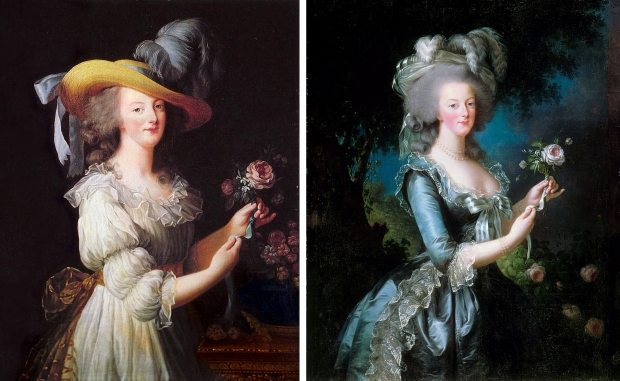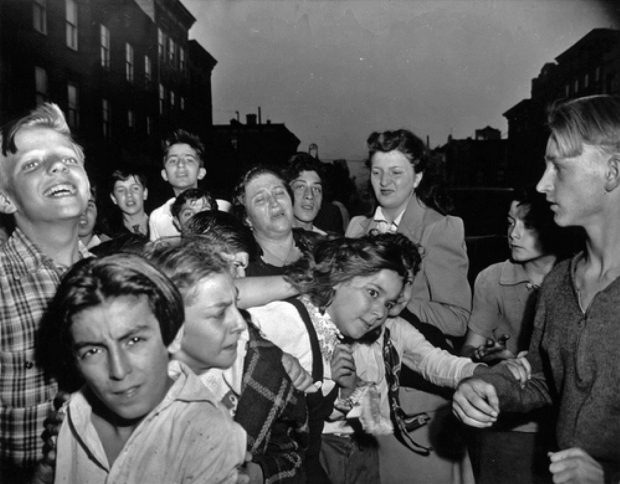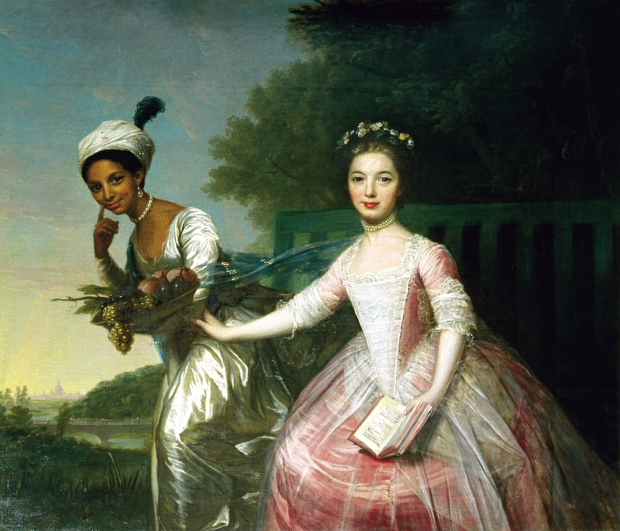
Task: Demonstrate Visual and contextual knowledge in a paragraph.
Elizabeth-Louise Vigee Le Brun: A prominent 18th century French painter, who mostly painted the aristocratic class; her major patron was the Queen Marie Antoinette. Over her years of patronage, Le Brun had done over thrity portraits of the Queen and her family; leading her to be the official portraitist of Marie Antoinette. One of Le Brun’s paintings of the Queen, Marie Antoinette in a Muslin Dress, had drawn controversy at the time. In modern eyes, Marie Antoinette’s attire is modest but casual. The casual part of the painting did not bode well with the public; Marie Antoinette simply did not look like a Queen of France. The painting was quickly replaced with a more formal portrait.
In this portrait, Marie Antoinette wears a simple muslin dress; at Petit Trianon, the Queen and her entourage wore such attire, where court protocol is not enforced. The background is possibly set in Petit Trianon (like the dress, it’s very simple and rustic). In her hands, Marie Antoinette holds a cabbage rose, a recurring motif in all her portraits.
Referring back to Mirzoeff and the power of “Majesty”, he states that this concept is built around Absolutism rule and that its monarch’s had power that centred in their very person. This impressive power, or Majesty, is visualized but not seen. With the absence of Majesty from the portrait, did it make the public uncomfortable? Did they see, within this painting, not a Queen but an ordinary woman? Without the element of Majesty, I believe this is what the public had thought at the time.
Resources:
Mirzoeff, Nicholas. “Chapter One: How to See Yourself”. How to See the World. London: Pelican, 2015. 36 – 17. Print.
Vigee Le Brun, Elizabeth Louise. Marie Antoinette in a Muslin Dress. 1783. Oil on Canvas. Schloss Wolfsgarten.
Vigée Le Brun, Elizabeth Louise. Marie Antoinette with the Rose. 1783. Oil on Canvas. The Palace of Versailles, Paris.

